
Introduction
Monsoon is a definite climatic system that is experienced in India because it is a country which has many regions and all of them do not have the same climate. It has been used over the years in establishing or creating almost every cultural part of the nation up to this present age as observed by this way liberally and precipitating the calendar year and in the course giving rise to many of the cultures, festivals and other forms of ways of life in India. Apart from the meteorological definition, rain in case of India is a social phenomenon, and what is more categorical is that the monsoon rain has seeped very deeply into the Indian social structure, more measurable by analyzing different sectors of social life such as agriculture and rural community, theology, art, music, dance, music festivals, and architecture.
Impact on Agriculture and Rural Life

Nowadays agriculture has been one of the significant modes of income for the Indian economy and one of the key climatic factors which play a significant role in determining the cropping season is monsoon. This will be of benefit to farmers as monsoon is a recurrent phenomenon that brings water to the otherwise arid zone and augments the growth and output of food crops like rice and wheat, and other cash crops like sugarcane and cotton. That is why rain associated ceremonies and festivals which are cultural in many societies have been implemented. One such festive reason is the Chhath Puja which is primarily concentrated towards the Bihar and Uttar Pradesh region in north India. During the course of four days of this festival of the Sun God prayers are offered for the existing harvest and for the upcoming harvest which is expected in the ensuing year. Regarding the control of water, the agricultural communities have also implemented Hieratical systems including step wells or baolis or vavsbuilt for the purpose of providing water and construction of reservoirs or tanks for water storage for irrigation in monsoon season.

In the rural areas, monsoon’s arrival brings loads of belief systems along with it. A variety of activities may be carried out in order to increase fertility; several activities such as farming that involves plowing the land and sowing seeds at a correct time according to a traditional calendar can be observed among farmers. The noise of thunder and the appearance of a storm on the horizon is not associated with undesirable events, and, on the contrary, people have been rejoicing and praying.
Effects on Arts and Literature

Monsoon has been depicted in many arts and literature of India and has touched the creative senses of poets, writers and artists through generations. Interactions of love and sex, of green leaves, friendly breeze and patter of the rain has been put into verses and rhymes. In Sanskrit literature, in modern poetry and prose there is a rejoicing of the monsoon as the herald of new beginnings, the harbinger of moisture and rejuvenation, a lover’s dream, and a poet’s fond memory.

The monsoon is perhaps one of the most well portrayed seasonal features in literature which is depicted in the Sanskrit play ‘Meghaduta’ or ‘The Cloud Messenger’ by the great poet Kalidasa, believed to have been written in the 5th century CE. In this piece of literature this cloud has been depicted as a postman who delivers the loving message of the yaksha who himself is a heavenly being and his beloved resides in the Himalayas. The descriptions of the monsoon clouds, the green scenery, feelings that they bring – the images are lovely, romantic, and have been drawing much attention of the readers for ages.
It has also been covered as a topic of the painters and artists and depicted it by giving it a real face through their works. This was depicted in the works done by the famous trend setting painter of India, Raja Ravi Varma who often depicted many paintings with similarity to the monsoons of India and its colorful setting.
Revolution on Music and Dance

The monsoon has impregnated many a verse and has not restricted its artistic influence to that literary domain alone, but has also ventured into the auditory-kinetic world of music and dance. Many folk and classical systems of music are associated with monsoon and these are self-explanatory as far as their rhythm follows the rhythms of the rain and thunder. For example the Baul tradition of Bengal has songs which speak of the pleasure of rain and the possibility of freedom and which indulge in rather subtle metaphors of the cloud and the earth waiting for rain. Likewise, different folk dances, one can say, the Ghoomar of Rajasthan and Bihu of Assam and others have elements of tree swaying and the pleasure of dancing in the rain movements and gestures. Sorrows: In Ghumar, women with bright coloured ghagra, a kind of long skirt, and odhnis, scarves, copy rain droplets and the breeze while twirling round. The Bihu dance, in contrast, is the happy colorful dance that is performed at the advent of monsoons that the young men and women dance in spirited steps along with a beat and clang of drums and cymbals.
On the Effect of Festivals and Celebrations

Different parts of the country have many festivals associated with the arrival of the monsoon, some of which are unique and have regional characteristics. The Teej is a rather cheerful and bright festival predominantly celebrated in Rajasthan and to some extent in Uttar Pradesh and Madhya Pradesh. Held during this period, women dress themselves up in colorful clothes, sing and dance to usher in the rainy season. The procedure of the Teej festival and the principal manner of the celebration in Rajasthan is to make concentric circles of colorful powder and flour, called rangoli or mandanas, for invoking the rain gods’ favor.

In the southern state of Kerala, the Onam festival coincides with the arrival of the monsoon. This harvest festival is celebrated with grand feasts, floral decorations, and traditional games, symbolizing the abundance and prosperity brought by the rains. The iconic Onam Sadya, a lavish vegetarian feast served on banana leaves, is a highlight of the celebrations, reflecting the region’s agricultural bounty.

The Goan tradition of celebrating the “Feast of St. John the Baptist” also incorporates elements of the monsoon, with locals engaging in folk dances, such as the Fugdi and Ghode Modni, and festivities amidst the lush greenery. These dances often depict the joy of the arrival of the monsoon and the rejuvenation of nature.
Impact on Architecture and Design

The monsoon’s influence can also be observed in the architectural marvels and design elements that dot the Indian landscape. Traditional Indian architecture has evolved to adapt to the monsoon conditions, incorporating features such as sloping roofs, covered walkways, and courtyards that allow for the efficient drainage of rainwater and the movement of cool, monsoon breezes.

The iconic Chettinad mansions of Tamil Nadu, with their intricate ventilation systems and spacious courtyards, are a prime example of this architectural adaptation. The Chettinad homes feature high ceilings, large windows, and intricately carved wooden pillars and doors, allowing for ample air circulation and natural cooling during the hot and humid monsoon months. Similarly, the stepped wells or “baolis” found in various parts of India were designed not only for water storage but also as a means to provide respite from the heat and humidity during the monsoon season. These architectural marvels, with their intricate stepwell designs and ornate carvings, were often built near temples or palaces, serving as gathering places for local communities during the monsoon months.
Suggested Read: Traditional Homes of South India, Culture of Generations
Conclusion
The monsoon proved to be not merely climactic but a significant cultural phenomenon which has influenced the Indian traditions, arts, and culture to a vast extent for centuries. In addition to all joy and practically sacred rites associated with its arrival, monsoon has written its historical page in architecture of India, constructed in order to withstanding its powers.
It’s essential to maintain and commemorate these traditions as the cultivating and controlling foundation to this country’s emerging modern generation. Thus, appreciation and celebration of these traditions not only highlight the importance and warmth of India’s tradition but also give a chance to future generations to feel the attachment of Indian culture with the monsoon. In the same way, the monsoon is a vivid representation of the dependence of human culture on natural occurrences, and the joy that is a result of its reception – a clear sign of the Indians’ ability to adapt to the change of seasons no matter what they bring.


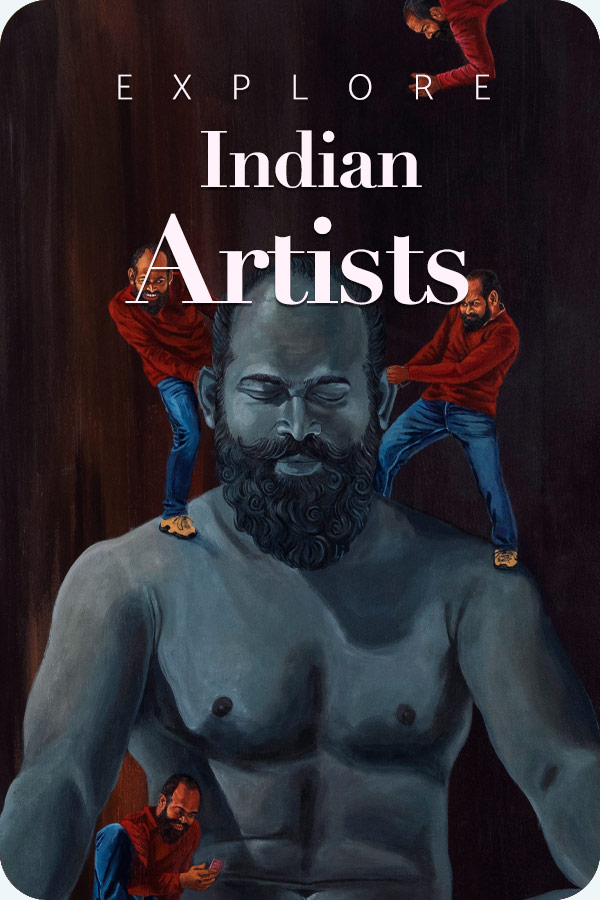
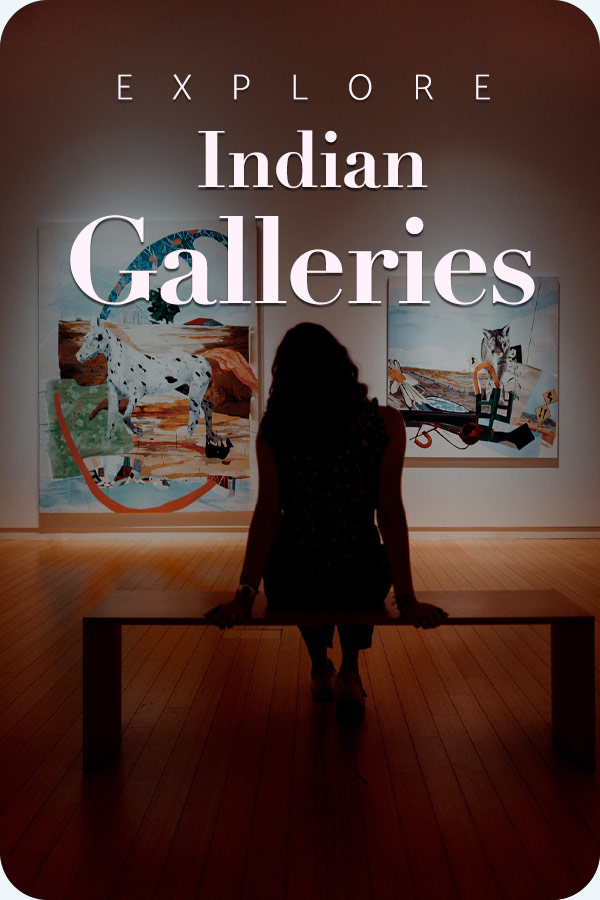
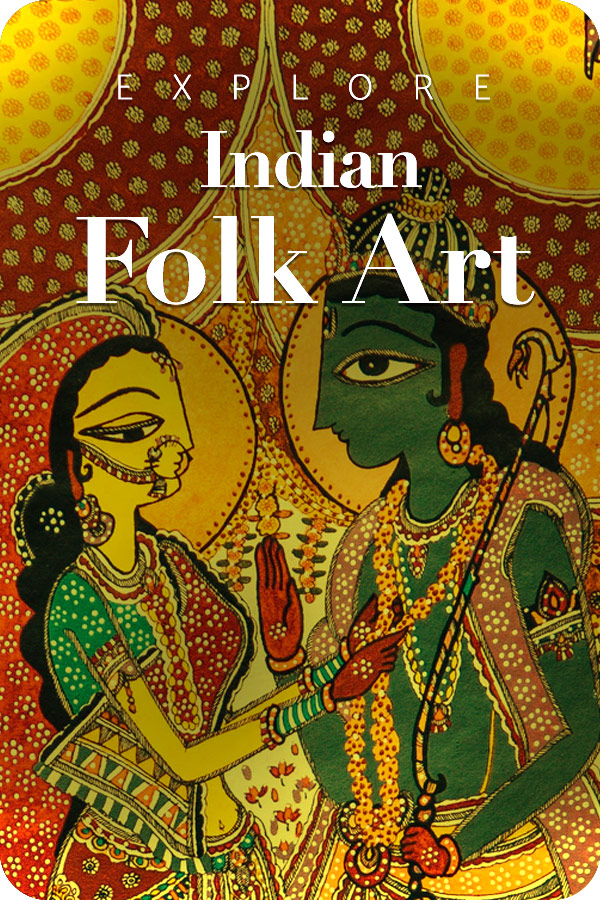
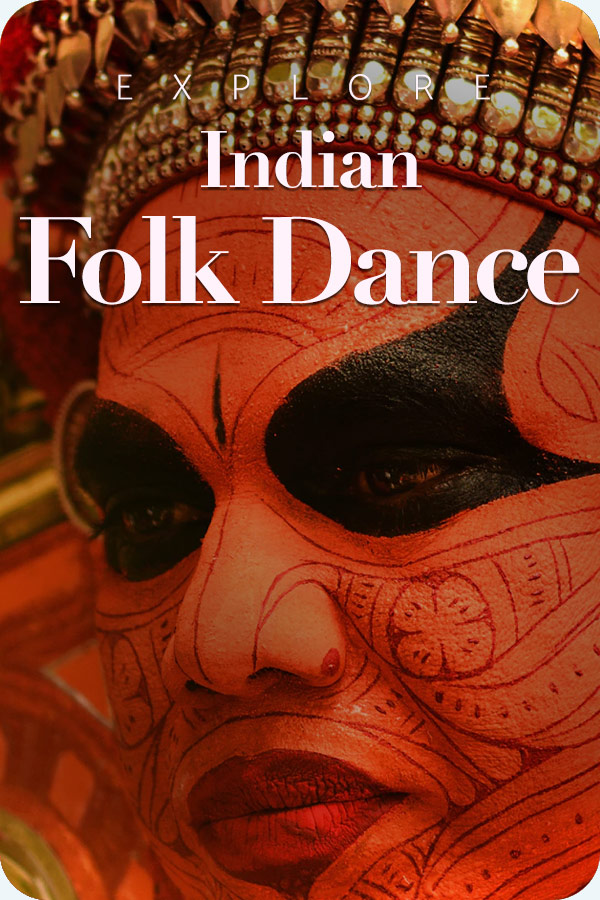
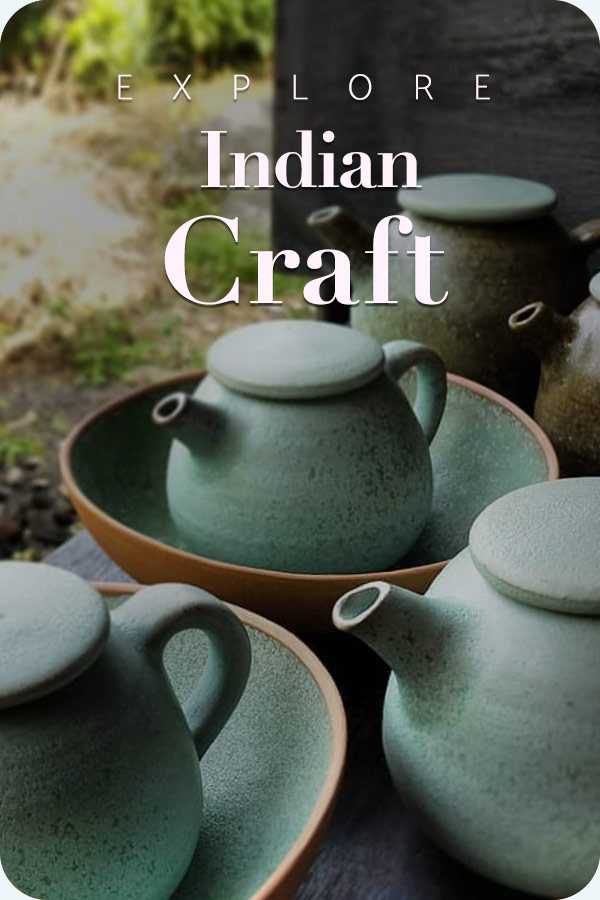

Very interesting topic and titles!! In India most of the lifestyles revolve around seasons!!
Thanks Geetanjali!